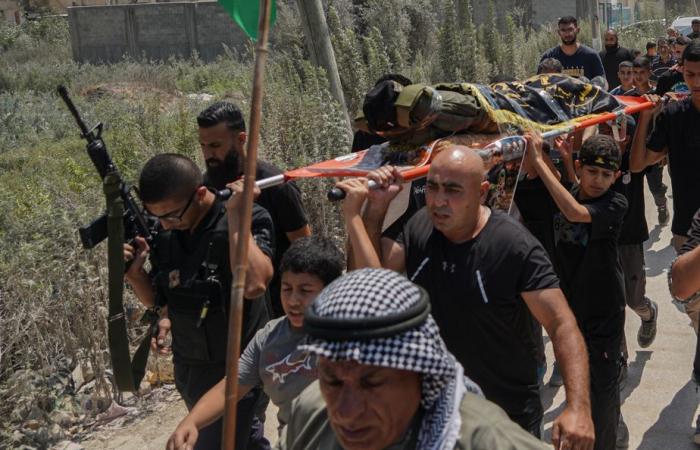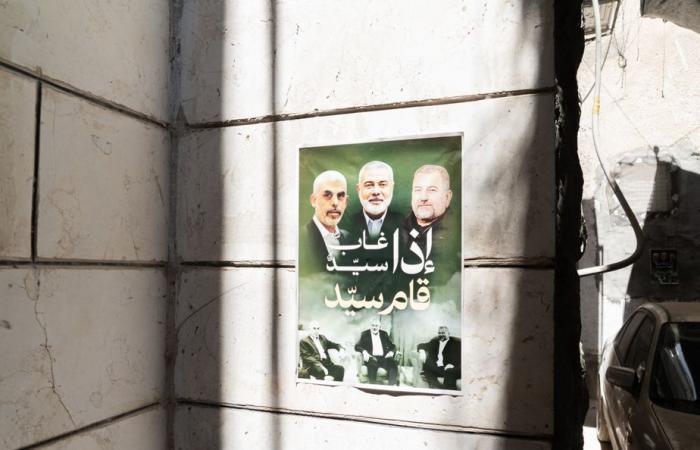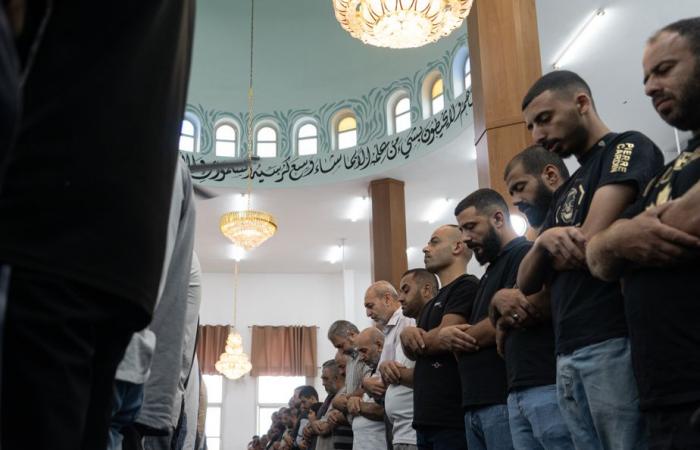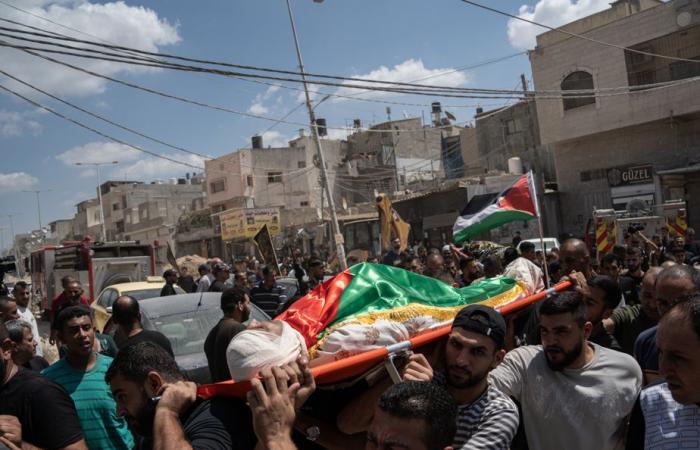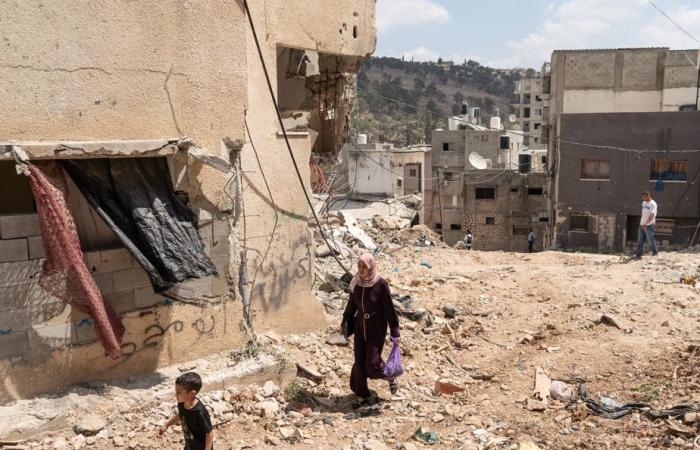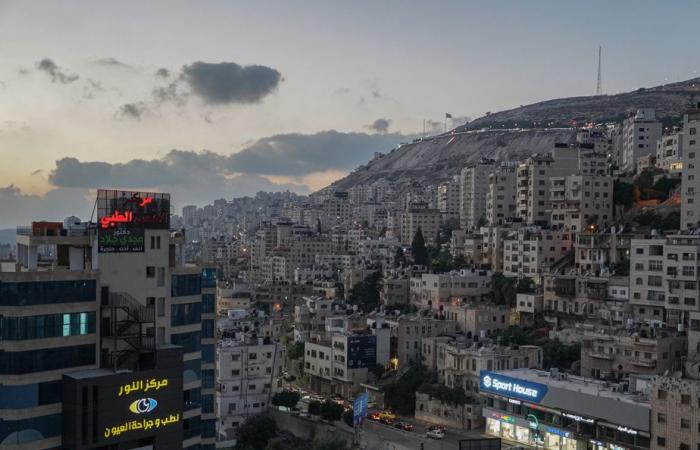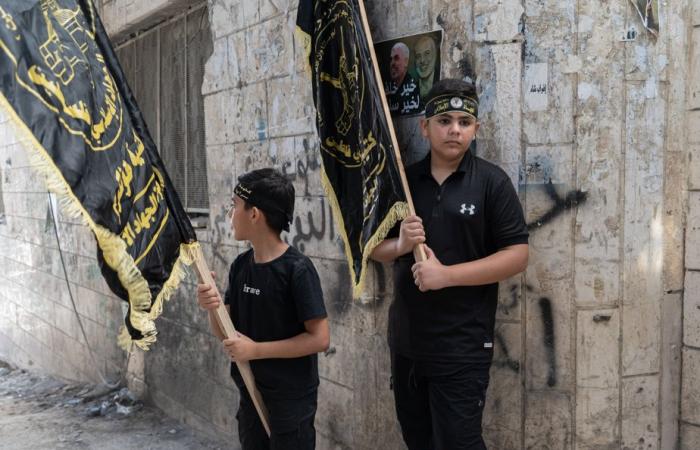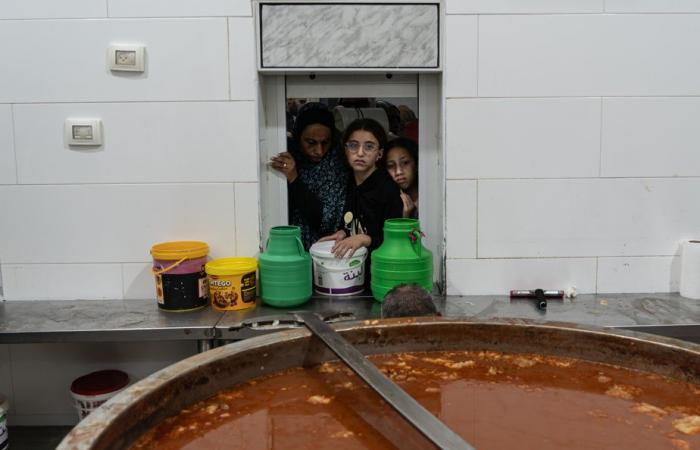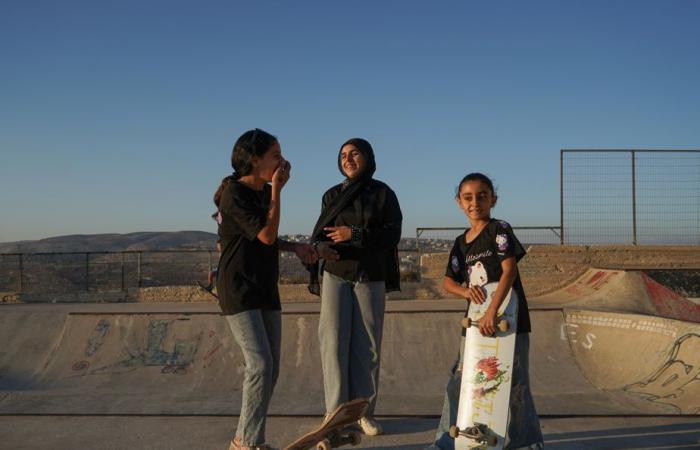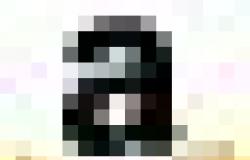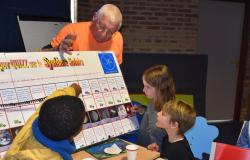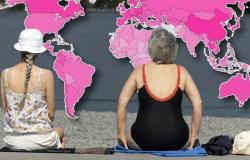Faced with a serious economic crisis and an outbreak of violence from the Israelis, young people in the West Bank are burying their last hopes for peace with the Jewish state. And Hamas wins the political stakes.
Posted at 1:16 a.m.
Updated at 5:00 a.m.
Théophile Simon
Special collaboration
The mosque in the Nour Shams camp, a popular suburb of the Palestinian town of Tulkarem, in the West Bank, is packed. Two remains lie among hundreds of faithful.
The first, wrapped in a Palestinian flag, is that of an elderly man, who died the day before of a bullet in the head. The second is just a rag mannequin, symbolizing the body of Mohammed Jaber, local commander of Islamic Jihad, a Palestinian terrorist organization allied to Hamas. The warlord was only 25 years old. “The Israeli army took away his body. She will never give it back,” murmurs Badran, a young man who has come to bow before the two dead people.
At the end of August, the Israeli army launched the largest anti-terrorist offensive in 20 years in the northern West Bank. Tulkarem, bastion of the Palestinian armed struggle, saw the arrival of hundreds of soldiers supported by armored vehicles, bulldozers and drones.
PHOTO THÉOPHILE SIMON, SPECIAL COLLABORATION
Poster glorifying Hamas in the Nour Shams camp in Tulkarem
Fighting raged for two days among the narrow streets of Nour Shams, causing five casualties among Islamic Jihad fighters and at least one collateral casualty among civilians. Since October 7, more than 600 Palestinians have been killed by the IDF in the West Bank. Israeli settlers killed 11 Palestinians and injured more than 120 others.
“A new intifada begins”
After finishing the ritual prayer, the crowd carries away the two corpses and pours onto the square in front of the mosque. The surroundings offer an apocalyptic vision. The tarmac roads have been turned over by Israeli bulldozers. The buildings were gutted by bombs. Dozens of residents wander amid the rubble, looking haggard.

PHOTO THÉOPHILE SIMON, SPECIAL COLLABORATION
Prayer at Tulkarem mosque before burial of victims of Israeli raid
“Death to Israel!” “, exclaims the crowd, brandishing its two “martyrs » on stretchers. Like a flooded river, thousands of Palestinians pour down the streets towards the cemetery. Anger and sweat stream down their faces. Machine gun bursts shoot towards the sky.
The atmosphere is insurrectional. “The Palestinian Authority is incapable of protecting us. 20 years ago, Israel would never have allowed itself to carry out such a raid in a Palestinian city. We must take up arms,” says Khalil, in his twenties.

PHOTO THÉOPHILE SIMON, SPECIAL COLLABORATION
A crowd carries the remains of victims of an Israeli raid in Tulkarem.
Like “everyone here”, the young man with his face already furrowed is unemployed.
Since October 7, Israel has double-closed its border with the West Bank. Almost all of the 150,000 work permits issued to Palestinians have been revoked. West Bank economy shrinks by a quarter Unemployment rate triples1.
Galloping poverty and the outbreak of violence form an explosive cocktail for the West Bank. Prostrate in front of the entrance to his building cracked by the fighting, the father of Mohammed Jaber, leader of the Islamic Jihad, continues cigarettes and coffee, his eyes bulging from lack of sleep. “It’s time for war. A new intifada begins. My son is dead, but dozens of other boys will follow in his footsteps,” he promises in a calm voice.
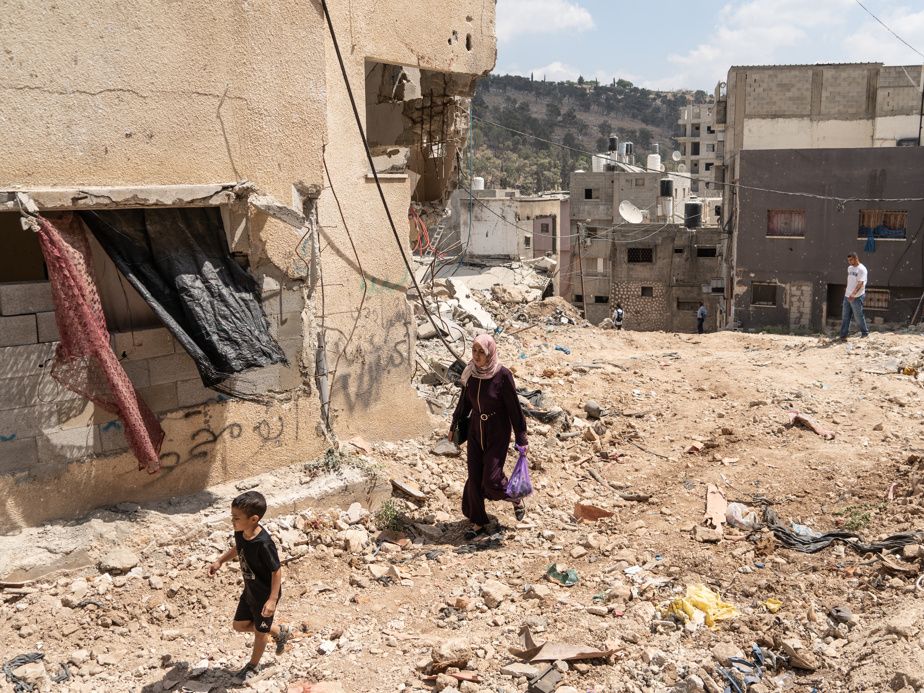
PHOTO THÉOPHILE SIMON, SPECIAL COLLABORATION
Damage caused by the Israeli army in the Tulkarem refugee camp in late August
Behind him, a flock of teenagers dressed in black are busy replacing the opaque fabrics floating above the alleys, allowing the fighters to move around without fear of Israeli drones. The walls, riddled with bullet holes, are already re-papered with posters to the glory of Yahya Sinouar, leader of Hamas in Gaza.
“We have to review everything from top to bottom”
Could the West Bank be on the verge of a new intifada, like between 1987 and 1993, then in the 2000s? For the young volunteers of the Seeds association, established in a building in the center of Nablus, this is obvious.

PHOTO THÉOPHILE SIMON, SPECIAL COLLABORATION
View of Nablus, West Bank
These Palestinian students, whose association helps disadvantaged children, are very different from those of Nour Shams. They belong to the upper middle class. Roha, 20, studies journalism. Zaïd, 21, will become a computer engineer and loves theater. Yasmine studies English literature. His friend Mohammed is passionate about international law. Everyone speaks in perfect English.
Before October 7, these wealthy youth still believed that, through study, a semblance of normal life would still be possible in the West Bank. This hope has turned into a mirage. “The army can come to our neighborhood at any time and start shooting,” laments Roha.
Moving from one city to another has become extremely dangerous due to checkpoints and settler attacks. We live in a kind of prison.
Roha, who studies journalism in the West Bank
“The economy is on the ground, poverty is exploding, insecurity is at its peak. We will never find a job. How to start a family? », chokes Mohammed.
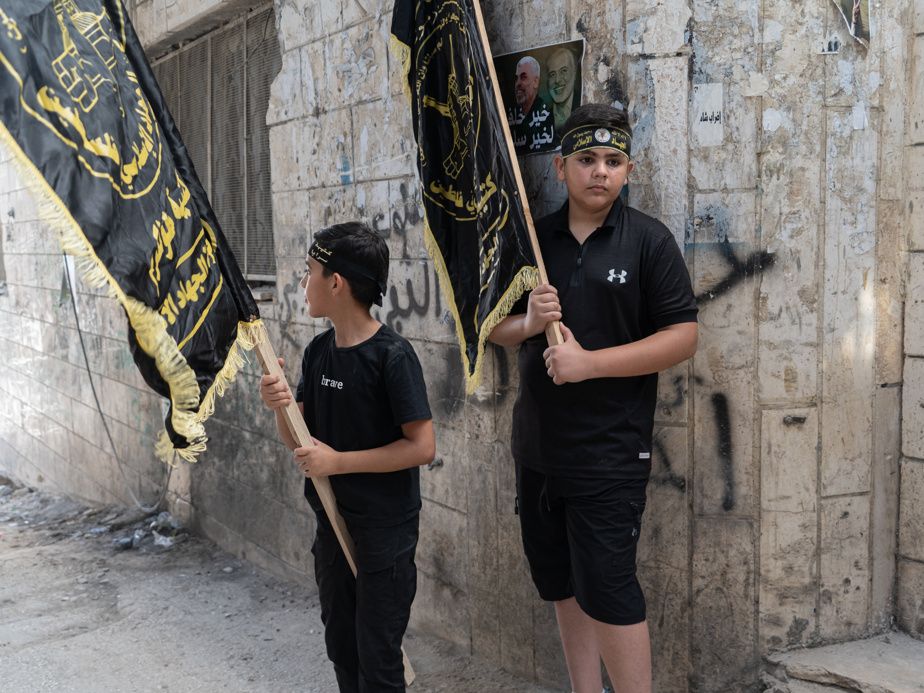
PHOTO THÉOPHILE SIMON, SPECIAL COLLABORATION
Children don the attributes of Islamic Jihad in Tulkarem.
Israel is, in their eyes, not the only one responsible for the situation. The Palestinian authority and its president Mahmoud Abbas, 88, are also doomed to criticism. “The Oslo Accords of 1993 were supposed to protect us. As a result, the annexations resume and the settlers kill us. We need to review everything from top to bottom, storm Zaïd. Recent decades have shown that moderate parties and peace treaties are of no use. Armed resistance and the only possible path against Israel. » His comrades all nod in agreement.
Hamas in ambush
Faced with this discontent, Hamas only has to stoop to win the political stakes. In the center of Nablus, Hossein Araz, one of the local Hamas leaders, receives us in the back room of a clothing store. The man has the Israeli intelligence services on his heels.
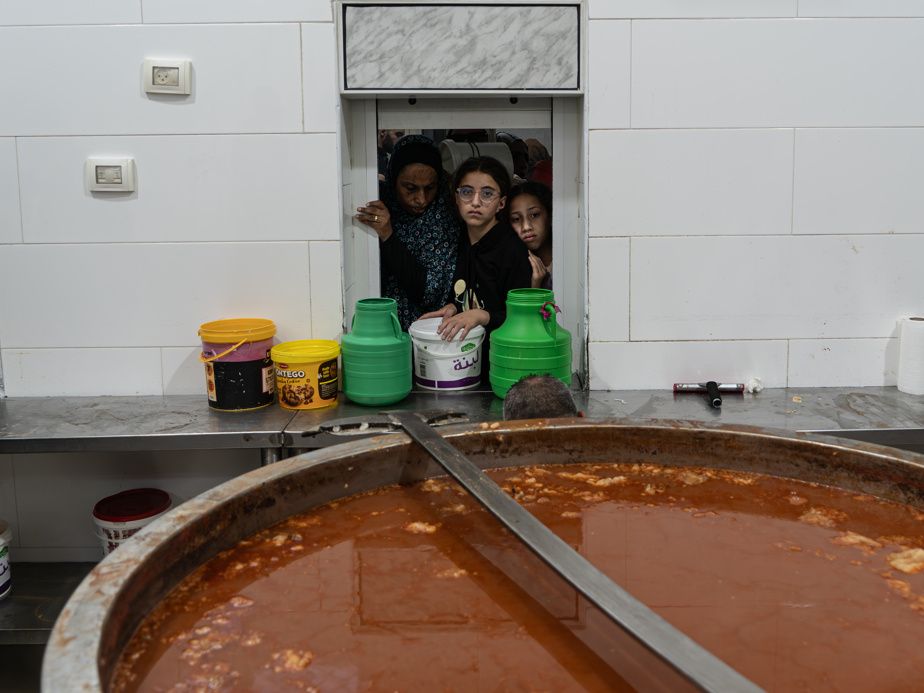
PHOTO THÉOPHILE SIMON, SPECIAL COLLABORATION
Soup kitchen in a poor neighborhood of Hebron, West Bank
“They tried to assassinate me once, but I managed to escape,” assures the thirty-year-old, looking behind his shoulder every 10 seconds. “Thanks to October 7, more and more Palestinians understand that the two-state solution is only a pipe dream and that armed struggle is the only option against Israel. We are recruiting with all our might. »
The day before, another Hamas official called for the resumption of suicide attacks, a practice abandoned since the second intifada. Several car bombs have since exploded at the entrance to Israeli settlements in the West Bank.
“All means must be on the table to fight against the enemy,” pleads Hossein Araz as he leaves the central square of Nablus. On his way, he is constantly encouraged by passers-by. Some kiss his forehead. Will Hamas be able to transform this growing popularity at the polls? Success would be guaranteed: according to polls by the PSR, a think tank based in Ramallah, the terrorist organization is twice as popular in the West Bank as Fatah, the party of Mahmoud Abbas currently in power.2. In the event of an electoral duel between Mahmoud Abbas and Yahya Sinouar, the second would defeat the first with nearly 30 points in advance.

PHOTO THÉOPHILE SIMON, SPECIAL COLLABORATION
Young people at the skatepark in Nablus, West Bank
Such a scenario is, at this stage, only a pipe dream. Like its leader, Ismaël Haniyeh, assassinated in Tehran in July, Yahya Sinouar may not survive the war in Gaza. Israel will hunt down those responsible for October 7 for many years. The prospects for elections in the Palestinian territories or talks for a two-state solution seem more remote than ever.
A year after October 7, all that remains is violence. “Our immediate objective is not to take political power: it is to drive out all the settlers from Palestine, from the Mediterranean to the Jordan,” concludes Hossein Araz before disappearing into the maze of alleys of the old city.
1. View data from the United Nations Conference on Trade and Development
2. Check out an article from the Palestinian Center for Policy and Survey Research

